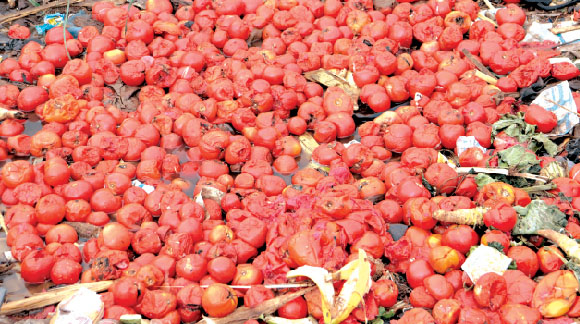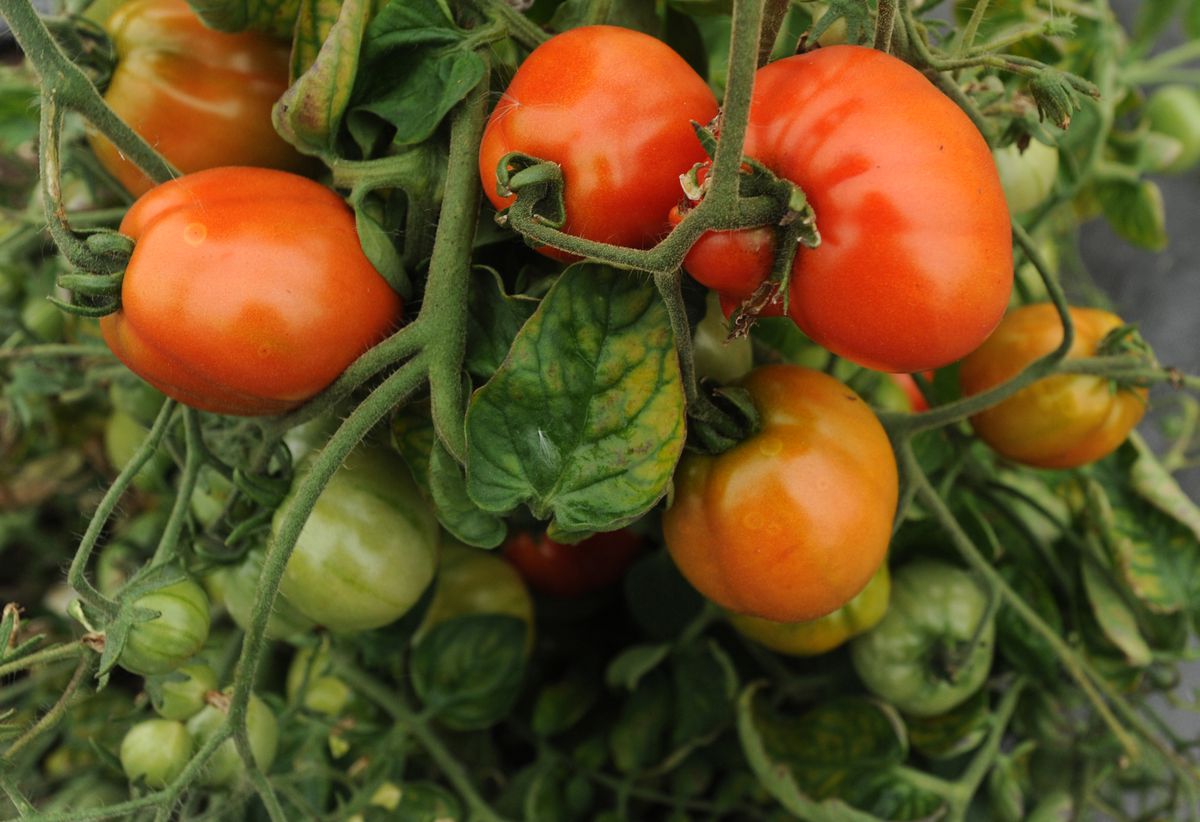-
(0)
-
Bookmark
- Comments (0)
-
(0)
-
Bookmark
- Comments (0)
-
(0)
-
Bookmark
- Comments (0)
-
(0)
-
Bookmark
- Comments (0)
-
(0)
-
Bookmark
- Comments (0)
-
(0)
-
Bookmark
- Comments (0)
 John LaRose Jr.
John LaRose Jr.
Topics: Hobby Farming, Ag Europe, Urban Farming, Tomato,
-
(0)
-
Bookmark
- Comments (0)
 John LaRose Jr.
John LaRose Jr.
Topics: Agriculture US, Urban Farming, Tomato,
By Lee Miller, Special to The Stockton Record It is time to think about getting vegetables planted for delicious summer meals and for next winter, too, if you have enough to freeze or can. Many homeowners are reduced to small backyards so having a large garden may not be possible, but room for a few tomatoes, peppers, zucchini or eggplants are often doable ― provided there is 6-8 hours of sunshine. According to a national poll, 26 percent of all U.S. households have a vegetable garden, with tomato the most popular crop. Bell peppers rank a distant second. Amazingly, there are 7,500 varieties of tomatoes. There are red ones, yellow ones, green ones, black ones; little cherries and large two-pound slicers and everything in between. There are so many seeds and so little time to explore this great variety. Here is a bit of garden trivia: The tomato was classified by our Supreme Court as a vegetable in 1893 even though botanically it is a fruit. Tennessee, Arkansas, and Ohio have all rebelled and have declared the tomato their state fruit. I used to have a large garden area, which permitted me to experiment a lot with a variety of heirloom tomatoes and peppers to see which ones would do well and were tasty. I would save seeds from the heirlooms I liked for future plantings, and although I now have less room, I still like to grow a variety of vegetables. This year I am planting 18 varieties of tomatoes and perhaps 12 varieties of peppers and 4 eggplants. I have grown plants for the Linden Garden Club plant sale for several years (this year’s sale was canceled due to the coronavirus). One of the most popular tomatoes each year is “Sungold,” a hybrid cherry tomato that is the tomato candy of the garden. Some customers only want red tomatoes and some are more adventurous and willing to try something yellow with names like “Azoychka”or “Golden Jubilee,” or one that is bicolor, yellow and red, like “Kellogg’s Breakfast.”
-
(0)
-
Bookmark
- Comments (0)
-
(0)
-
Bookmark
- Comments (0)
 John LaRose Jr.
John LaRose Jr.
Topics: Vegetables, Hobby Farming, Regenerative Agriculture, Tomato,
-
(0)
-
Bookmark
- Comments (0)









